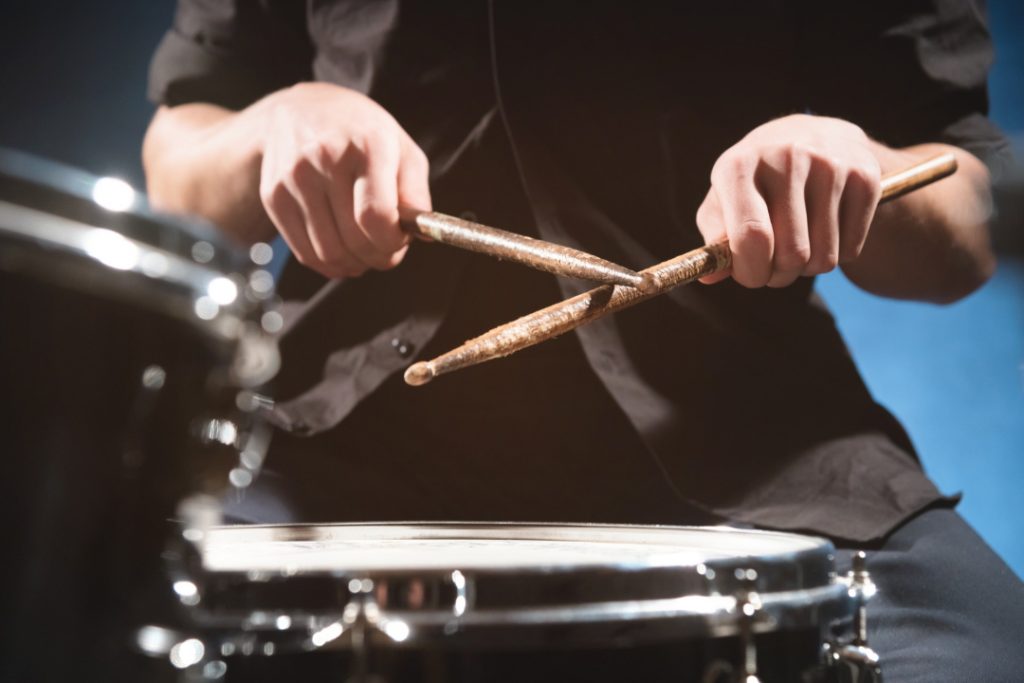The ability to walk silently can be an asset in many situations, from hunting and camping to military and law enforcement operations. Whether you’re trying to avoid detection or get closer to your target, being able to move quietly can give you a significant advantage. However, walking silently is more complex than just putting one foot before another. It takes practice and awareness of the techniques and factors that contribute to noise. This comprehensive guide will explore the essentials of silent footsteps and provide tips and techniques to help you master the art of walking quietly and stealthily. Whether you’re a beginner or looking to improve your existing skills, this guide has everything you need to know about how to walk silently.

The Essentials of Silent Footsteps
The first step in learning to walk silently is understanding the essentials of silent footsteps. Here are some key factors to consider:
- Weight distribution: How you distribute your weight when you walk can significantly impact the noise you make. Distribute your weight evenly and avoid putting too much weight on one foot.
- Footwear: The type of shoes or boots you wear can also affect the noise you make when you walk. Look for shoes or boots with a soft, flexible sole that can help absorb the impact of your steps and reduce their noise.
- Surface: The surface you’re walking on can also affect the amount of noise you make. Soft surfaces like grass, dirt, and leaves are quieter than hard surfaces like concrete, gravel, or rocks.
- Foot placement: Where you place your feet can also impact the amount of noise you make. Try to step on solid, stable ground and avoid stepping on twigs, leaves, or other debris that can make noise.

Techniques for Walking Silently
Now that you understand the essentials of silent footsteps let’s look at some specific techniques you can use to walk quietly:
- Tiptoeing: Tiptoeing is an essential technique for walking quietly, and it involves lifting your feet off the ground more than you usually would when walking. This reduces your impact with each step and can help you make less noise.
- Padding: Another technique is to “pad” your steps, which involves rolling your foot from the heel to the toe as you step. This helps absorb the impact of your step and reduce the noise you make.
- Crouching: Crouching down can also help you walk quietly, as it reduces the amount of weight you put on each foot and makes it easier to distribute your weight evenly.
- Stealth walking: This technique involves taking slow, deliberate steps and focusing on making as little noise as possible. Pay attention to your weight distribution, foot placement, and other factors that contribute to noise, and adjust as needed.
Frequently Asked Questions about Walking Silently
Is it possible to walk entirely silently?
It’s unlikely that you’ll be able to walk entirely silently, as there will always be some amount of noise created by your footsteps. However, using the techniques and tips outlined in this article, you can minimize your noise and become a much quieter walker.
What are the benefits of learning how to walk silently?
There are many benefits to learning how to walk silently, including increased safety, improved stealth and awareness, and enhanced survival skills. Whether hunting, camping, or in a military or law enforcement setting, moving quietly can give you an advantage and help you achieve your goals.
How long does it take to master the art of silent walking?
The amount of time it takes to master the art of silent walking will vary depending on your natural abilities and how much time and effort you’re willing to put into practice. However, you can make significant progress quickly with consistent training and attention to the techniques and tips outlined in this article.
Conclusion
Walking silently is an essential skill in many situations, and it takes practice and awareness to master. However, you can become a much quieter and stealthier walker by understanding the essentials of silent footsteps, using effective techniques, and being mindful of the factors that contribute to noise. With dedication and effort, you can master the art of walking silently and gain a valuable advantage in many scenarios.







